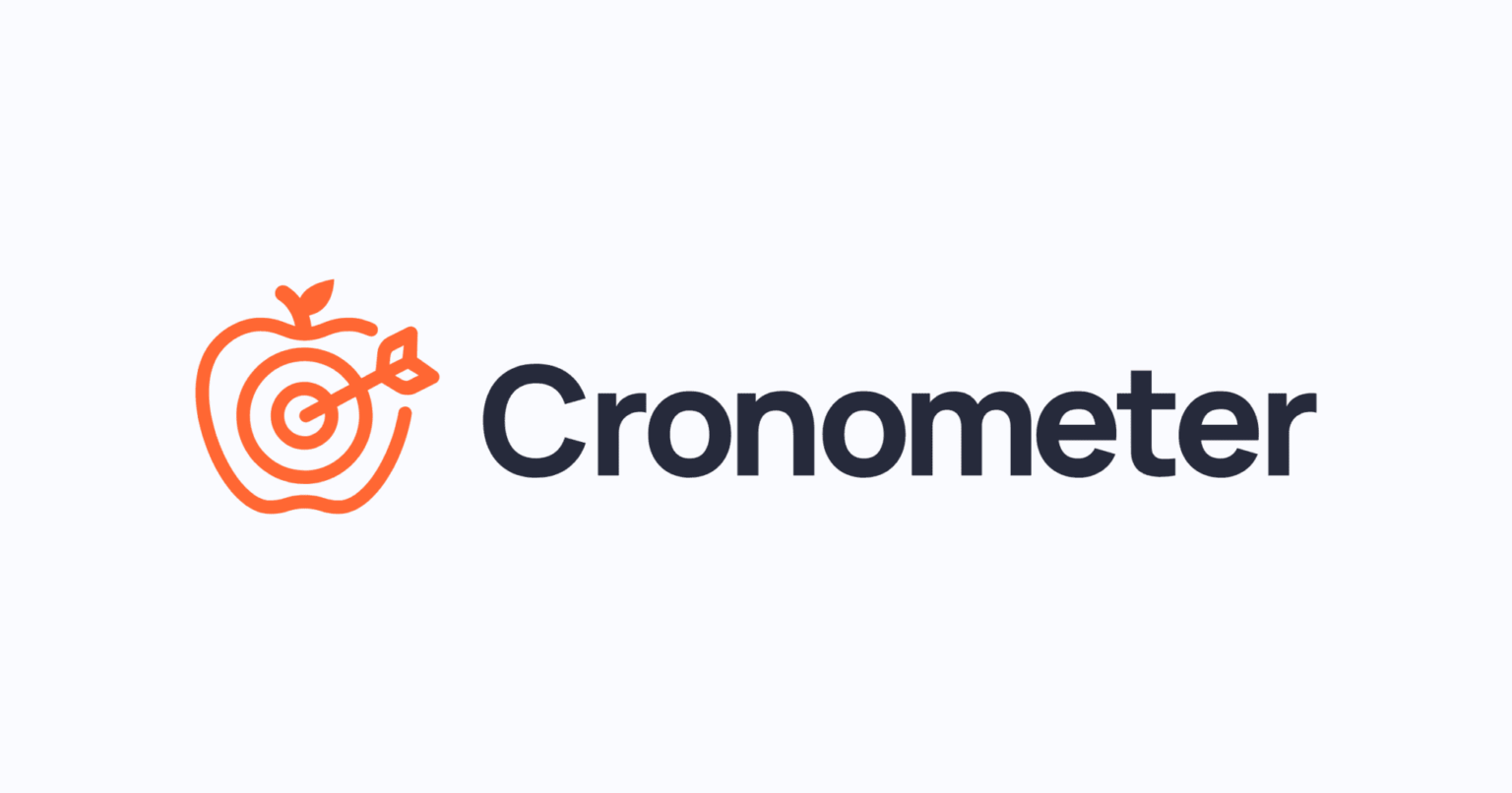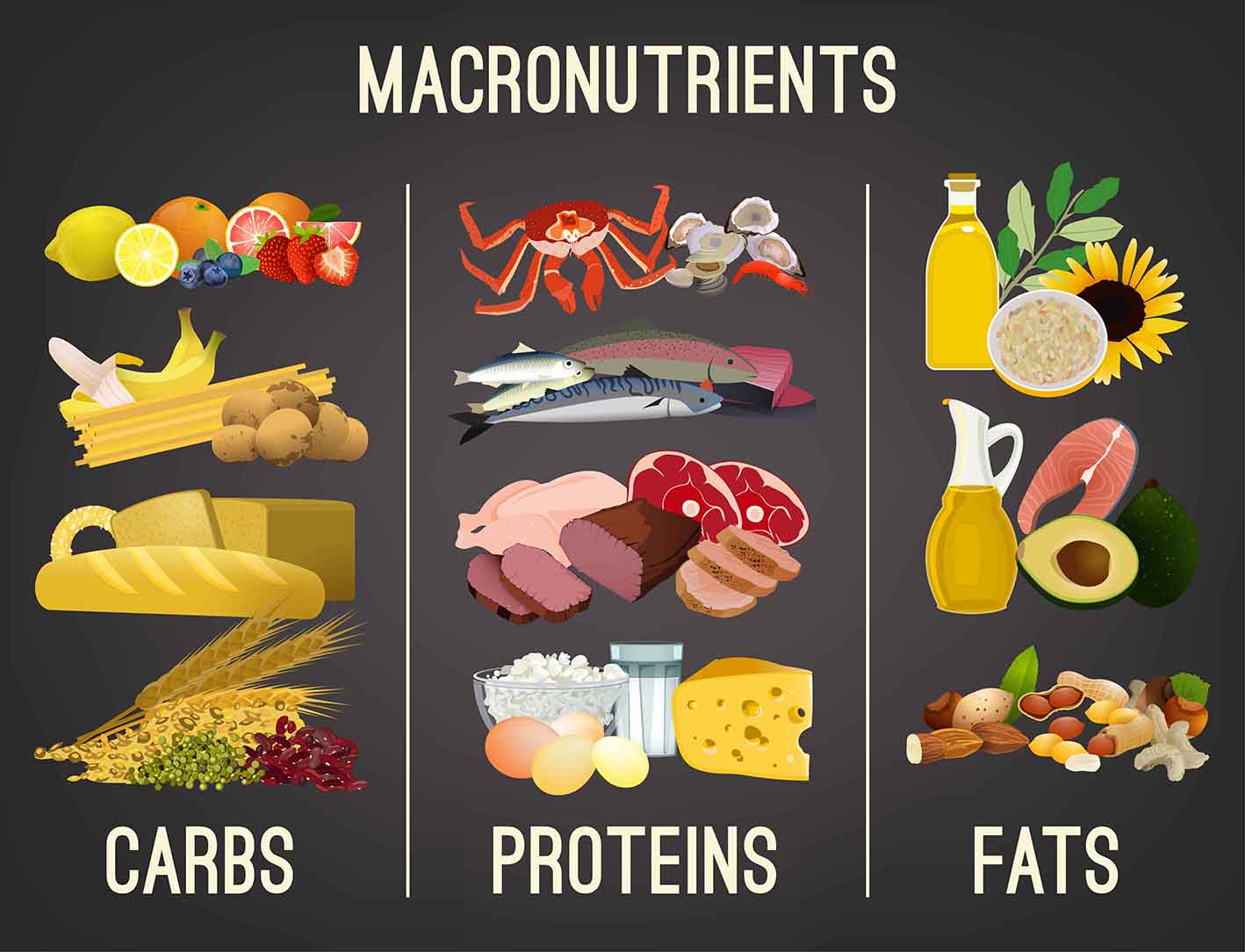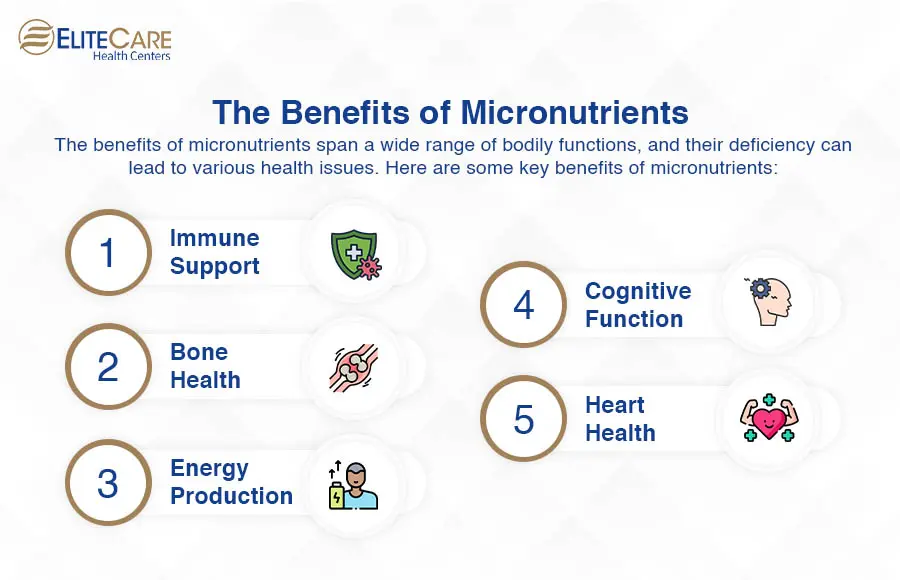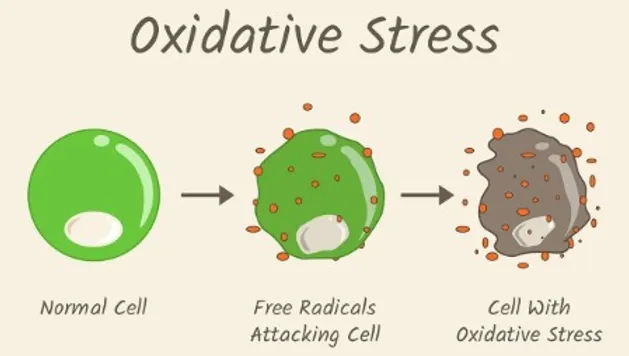
Disparities often exist between what we think we know, and what we actually know. When I performed a nutritional self-assessment during Exercise and Sports Related Nutrition, I thought I had a well-balanced nutritional plan. Following a week of gathering baseline data with myfitnesspal software, I discovered that my conclusions were inaccurate. Throughout the nutritional self-assessment and intervention, I slowly modified the quality and quantity of macronutrient ratios in a way that reduced sugars, omega-6 polyunsaturated fatty acids (PUFAs), and carbohydrates, while increasing daily protein consumption as well as omega-3 PUFAs and medium chain triglycerides. While maintaining an isocaloric diet, I lost approximately fifteen pounds over a two-month period (i.e., 188lbs. to 173lbs.). The aforementioned nutritional intervention encouraged me to look closely upon my macronutrient ratios. However, myfitnesspal did not adequately analyze micronutrient content. Since micronutrientshave an array of biochemical functions, which are fundamental in the homoeostatic regulation of body function, it is imperative to ensure adequate daily consumption (Shergill-Bonner, 2013). The following section will provide a brief macronutrient overview, as well as rationale behind post-intervention results. The remaining sections will provide an in-depth review of pre-intervention (October 14, 2014) and post-intervention (February 25, 2015) micronutrient results, associated micronutrient roles, and symptoms of deficiency.

As a brief macronutrient overview, the pre-intervention nutritional plan (PRINP) was characterized by a carbohydrate/protein/fat ratio of 36%/18%/37%, respectively. Total caloric consumption was approximately 1918 kcal. The post-intervention nutritional plan (POINP) had a carbohydrate/protein/fat ratio of 10%/34%/56%, respectively. Total caloric consumption was approximately 2078 kcal. While maintaining a near isocaloric diet between PRINP and POINP, weight loss occurred between 1-3 lbs. per week over approximately eight weeks. It is possible that a reduction in carbohydrate consumption PRINP compared to POINP from approximately 175g to 50g, an increase in protein from 85g to 170g, and an increase in fat from 79g to 134g, respectively, caused weight loss from four potential mechanisms proposed by Paoli (2014): a reduction in appetite from a higher satiety effect of proteins, increased lipolysis, increased metabolic efficiency from consuming fats, and increased metabolic costs of gluconeogenesis and the thermic effect of proteins. Having considered the manipulations of macronutrient ratios of PRINP compared to POINP, the following sections will explore the roles of micronutrients, as well as my micronutrient status from PRINP to POINP.

Micronutrients have a comprehensive involvement in the maintenance of health, prevention of disease, and exist as organic fat and water-soluble vitamins, inorganic minerals, as well as trace elements (Shergill-Bonner, 2013). Moreover, at least thirty micronutrients are considered essential; they cannot be synthesized by the body, and must be derived from dietary sources (Shergill-Bonner, 2013).
Trace elements act as cofactors in metabolism, control enzyme activity, and can be involved as cofactors in over 100 enzymes, such as zinc. Vitamins and metabolites act as coenzymes forming active complexes within biochemical reactions. For example, such vital reactions allow the metabolism and utilization of macronutrients to occur (Shergill-Bonner, 2013). Many micronutrients also have antioxidant properties allowing the control and attenuation of reactive oxygen species (ROS) (Shergill-Bonner, 2013).

Control of ROS is essential, as widespread cell death and collateral damage can occur from the excess proliferation of free radicals (Radak, Chung, Koltai, Taylor, & Goto, 2008).When reviewing the PRINP, I noticed that I was missing recommended micronutrient targets; vitamin B5 (84%), folate (64%), vitamin C (14%), vitamin D (58%), vitamin E (46%), Vitamin K (34%), calcium (52%), magnesium (55%), potassium (36%), and zinc (78%) (Cronometer, 2015). Most deficiencies were resolved after the POINP. The following sections will briefly review the aforementioned vitamins and minerals, their physiological roles, as well as symptoms of deficiency.
Vitamin B5 (pantothenic acid) is a water-soluble vitamin, which assists in the metabolism of carbohydrates, fats, and proteins. Symptoms of deficiency include fatigue, irritability, as well as neurological symptoms such as numbness and muscle cramps (Shergill-Bonner, 2013). Folate is another B vitamin, which metabolizes macronutrients, as well as producing and maintaining cells, DNA synthesis, and RNA synthesis. Deficiencies can include anemia and neural tube defects (Shergill-Bonner, 2013). Vitamin C is an antioxidant, responsible for maintenance of tissue and immune function, as well as iron uptake. Symptoms of deficiency can include scurvy, poor wound healing, and muscle/joint pain (Shergill-Bonner, 2013).
Vitamin D is involved in calcium homeostasis as well as assisting in the absorption of calcium and phosphate. Symptoms of deficiency can include rickets, bone pain, and bone deformities (Shergill-Bonner, 2013). Vitamin E is an antioxidant which helps prevent cell damage, assists in red blood cell growth, as well as absorption of vitamin K. Symptoms of deficiency include muscle weakness, muscle loss, and vision loss (University of Maryland Medical Center, 2015). Calcium is a mineral, which helps mineralize bones, assists in nerve transmission, and iron uptake.
Deficiencies can present as poor peak bone density and growth (Shergill-Bonner, 2013). Magnesium is a mineral, which contributes to energy production, helps regulate calcium levels, as well as copper, potassium, and vitamin D. Deficiencies can present as agitation, nausea, low blood pressure and poor sleep (University of Maryland Medical Center, 2015). Potassium is a mineral that assists in the proper function of cells, tissues, organs, as well as muscle contraction. Deficiencies include muscle weakness, cramps, and irregular heartbeat (University of Maryland Medical Center, 2015).
Zinc is another mineral involved in the metabolism of proteins, carbohydrates, lipids, fats, as well as wound healing. Deficiencies can include poor growth, slowed wound healing, and compromised immune function (University of Maryland Medical Center, 2015). Having missed my micronutrient goals during the PRINP created an impetus to reach target micronutrient intakes, considering their crucial physiological functions. The following sections will review the micronutrient status after the POINP.

Micronutrient status during the POINP was considerably better; all micronutrient targets were reached and exceeded: B5 (1506%), folate (189%), vitamin C (739%), vitamin D (298%), vitamin E (287%), Vitamin K (846%), calcium (134%), magnesium (136%), potassium (94%), and zinc (112%) (Cronometer, 2015). The improvement was most likely due to a shift from processed foods (i.e., wraps, wine, potato chips, cheesecake) to whole, nutrient dense foods (i.e., vegetables, fish, pork, yogurt, flax, coconut, and olive oils) as well as a daily multivitamin. Although not considered a micronutrient, I noticed that I was not reaching my fiber requirements; I was only at 43% of target (Cronometer, 2015). I thought that daily consumption of flax, and leafy green vegetables were allowing me to reach adequate levels. Cronometer (2015) indicated that if I tripled my leafy green vegetable intake, I could reach my daily target.
In conclusion, two self-assessments (Myfitnesspal and Cronometer) have reminded me to reconsider the degree of assuredly that I have when reflecting upon my nutritional status. It has also reminded me of the critical role of evidence-based research, and the need to implement such an approach, so that true nutritional vigilance is sought by critical appraisal of facts, and not conjecture.
References
Cronometer (2015). Micronutrient targets.Retrieved from https://cronometer.com/#
Paoli, A. (2006). Ketogenic diet for obesity: Friend or foe?International Journal of Environmental Research and Public Health, 11(2), 2092-2107.
Radak, Z., Chung, H.Y., Koltai, E., Taylor, A.W., & Goto, S. (2008). Exercise, oxidative stress, and hormesis. Aging Research Reviews, 7(1), 34-42.
Shergill-Bonner, S. (2013). Micronutrients. Pediatrics and Child Health, 23(8), 331-336.
University of Maryland Medical Center (2015). Complimentary and alternative medicine guide. Retrieved from http://umm.edu/health/medical/altmed
-Michael McIsaac
